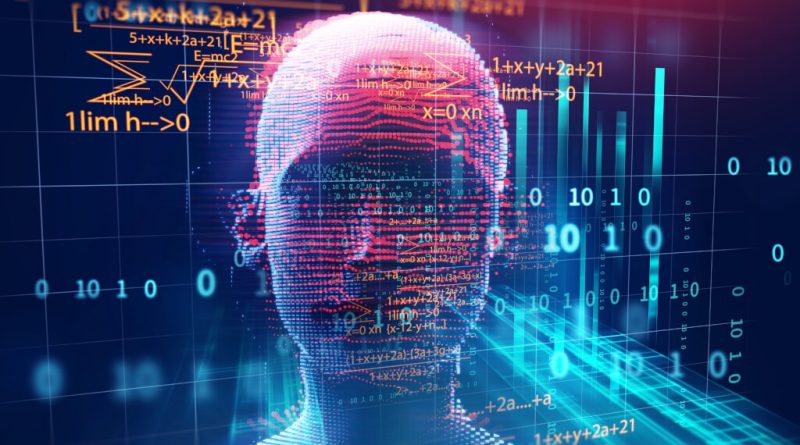Managing resources amidst a pandemic – the importance of Technology and Artificial Intelligence
Johannesburg, South Africa. 30 September 2020. The advent of technology has brought many divergent views from all walks of life. Some are of the view that technology will replace human beings, others remain adamant – we will continue to be in charge and never be threatened by technology. Interestingly, there are those that are neutral. They see technology and human beings collaborating. There is no denying the fact that the Fourth Industrial Revolution (4IR) has transformed the workplace. The importance of technology has been elevated by the Covid-19 pandemic that the whole world is currently wrestling with. Those who loathed technology have had to learn to embrace it. Organisations by and large, have changed the way they conduct their businesses. For some, the transition has been smooth while others have had to put some extraordinary measures in place to make the transition less impactful. Some have succeeded whilst others are still finding it difficult to “migrate” to the new ways of doing business. The “Achilles heel” for many organisations is and has been a lack of resources to achieve set performance targets.
It is a fact – the workplace as we know it today does not resemble that of the 1970s, 1980s and 1990s. It is a world filled with surprises, fragmented and full of paradoxes that requires not only the understanding of how it functions but also how all parts of the system relate to one another. The first industrial revolution happened in 1784, with the advancement of mechanical equipment powered by harnessing water and steam. In 1870 the second industrial revolution was defined by electricity, new capabilities to mass production, and the division of labor and new jobs. The year 1969 ushered in the third industrial revolution. A new form of nuclear energy was being explored, transistors and microprocessors gave rise to electronics, new materials were being created, and space exploration and biotechnology were supported by telecommunications and computers. The following decade (1980-1990) brought about an exceptional cluster of technological advances which irreversibly transformed our life and the world of work.
Today we are in the fourth industrial revolution, which is defined by virtual reality systems. Work is increasingly driven and executed using our minds and less so by using our physical strength. Some industries have disappeared while others are fully automated. The impact goes all the way down to actual skill sets that are increasingly required and those that are becoming obsolete. With technology in our midst and in some instances in charge of our modern lifestyle, we are required to adjust and align ourselves with requisite technological requirements. The skills required today are different from those of yesteryears. And with changes in skills requirements, the availability of new skills as we have seen, is becoming increasingly scarce.
The pace at which change happens remains one of the critical factors on how resources are managed in an organisational setting. This challenges our ability to adapt, adjust and implement on an urgent basis, the changes in our operations so that we are able remain relevant and at the most, better predict future trends. Individuals, organisations and governments need to harness their ability to urgently respond to these challenging demands in order to seize opportunities brought about by the advent of technology. This will also mitigate the potential negative impacts that may arise. The reality is that we are dealing with a moving target that is moving too fast. We need to catch up with the upskilling of our own people – the human resources we currently have.
In the world we live in, technology and AI has become a major beneficial driver of change and progress. Those given the responsibility to manage our human resources should be the first to map a trajectory and strategy for changing and future jobs and skills in organisations. A new measure called skills stability has been introduced to ascertain the disruption to skills within occupations, jobs families and industries. In different industries and sectors, there are skills shortages. This has been exacerbated by the pandemic. Skills stability measure will enable our understanding of how opportunities and losses will be distributed across the job markets.
It is now more than ever important to use our understanding of available skills development strategies solely on restructuring, renewal, re-evaluation and redeployment of skills in a new and unprecedented way. This opens opportunities both in the short and long term and requires interdisciplinary and inter-industry collaboration to enable transfer and restructuring of new skill categories and sets that will enable talent acquisition and utilisation in a new way. Recovering skills from declining industries and packaging them with new skills will serve the emerging industry sectors and businesses of the future.
By assessing, evaluating and directing the future needs of the business, organisations will be in a better position to improve their knowledge of anticipated skills and recruitment needs. Partnerships between governments, businesses, educational institutions and employees is needed to better manage the impact of the fourth revolution on business and the labor market. Just as the technology itself is interconnected and integrated, so is the response to this impact becoming collaborative, multidisciplinary and interconnected. Affected organisations, companies and governments – whether directly or indirectly impacted by Covid-19, must put their collective wisdom together and come up with a coherent plan to tackle the challenges brought about by this revolution.
Matita Tshabalala




